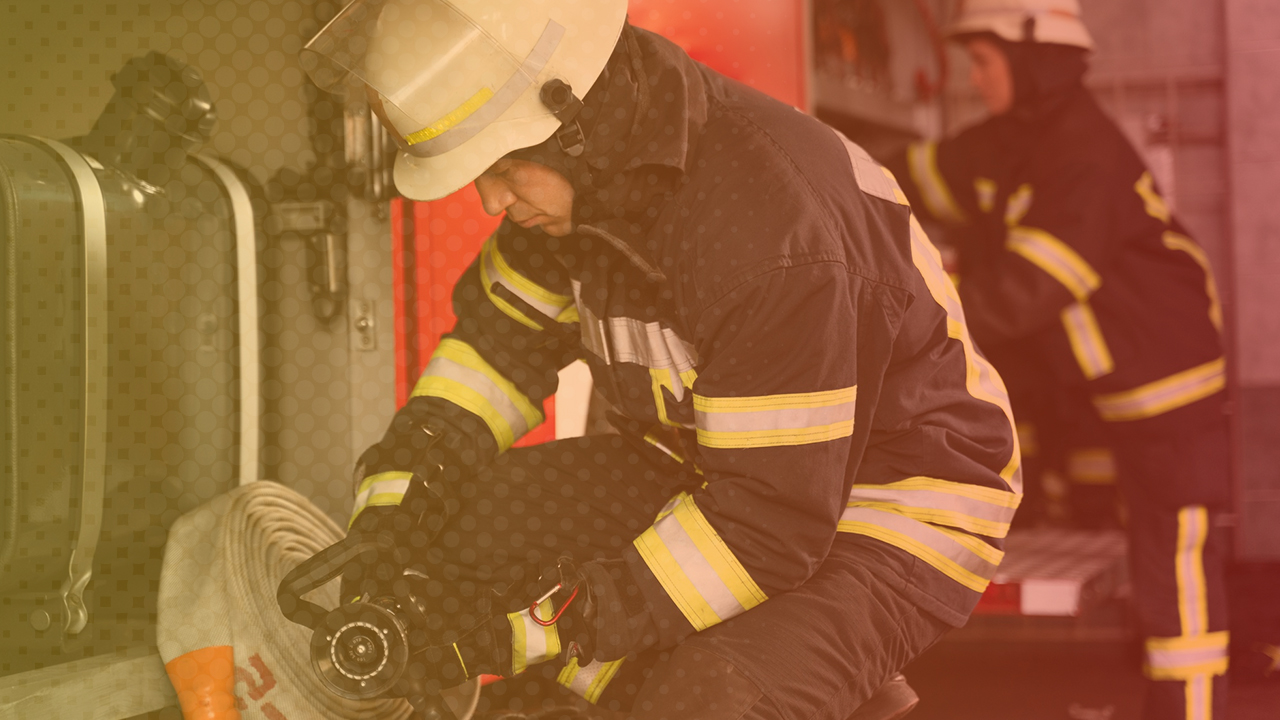Glowing Ashes of Hope: How Fire Protection Services Have Been Changing Communities

In a environment where disasters can strike unannounced, fire safety services play a essential role in transforming neighborhoods into more secure places. From home areas to bustling business districts, the demand for effective fire prevention and response has become increasingly important. With fire-related incidents causing havoc and grief, it is imperative to know not only the dangers but also the approaches that can help lessen them.
Fire safety is more than a collection of regulations but a common responsibility. By training individuals and organizations about fire hazards and introducing robust fire safety measures, neighborhoods can nurture an environment where safety becomes a habit. This article will explore various aspects of fire safety, providing readers with the necessary knowledge needed to safeguard homes, businesses, and, most importantly, lives. Through perspectives into best practices, regulations, and advanced technologies, we aim to spark a culture of preparedness and resilience against fire risks.
Essential Fire Safety Tips
One of the basic aspects of fire safety is understanding and reducing usual fire hazards in your home and business. Areas such as the culinary space, where cooking is done, often present major risks. Make it a routine to keep flammable materials away from heat sources and ensure that cooking appliances are attended to at all times. Additionally, be aware of electrical overloading; check your outlets and power strips to avoid overloading. Regular inspections and maintenance can help detect potential hazards before they escalate into critical problems.
Creating a fire escape plan is vital for the safety of your family or workplace. This plan should detail the quickest routes out of the building, designate a meeting point outside, and include provisions for individuals with mobility challenges. Conducting regular fire drills will ensure that everyone is knowledgeable about these procedures, increasing the likelihood of a safe evacuation in an emergency. Fire Strategy Document is not only about having a plan on paper; training is essential so that everyone knows exactly what to do when the alarm sounds.
Proper maintenance of fire safety equipment, such as smoke alarms and fire extinguishers, cannot be stressed enough. Smoke alarms should be checked monthly and their batteries swapped at least once a year. This easy task can save lives by ensuring that alarms function properly when needed most. Similarly, knowing how to pick, use, and maintain fire extinguishers is crucial. Check the pressure gauge regularly, and ensure that extinguishers are accessible and appropriate for the types of fires that may occur in your environment.
Formulating Efficient Fire Safety Plans
An impactful fire safety plan is essential for both houses and organizations. It starts with a comprehensive assessment of potential fire hazards, which comprises recognizing the existence of flammable materials, potential ignition sources, and the configuration of the building. Collaborating with local fire safety services can provide significant insights into frequent risks and how to mitigate them. By cataloging these hazards, individuals and organizations can take specific actions to cut down their exposure to fire incidents.
Once potential hazards are detected, the subsequent step is to create a concise fire escape plan. This plan should encompass designated escape routes, emergency exits, and locations of fire extinguishers and alarm systems. It's crucial that all family members or employees are familiar with the plan and that frequent fire drills are carried out to ensure preparedness in the event of an emergency. The importance of conducting these drills cannot be overstated, as they help solidify the response needed during a fire.
Ultimately, maintaining fire safety equipment is crucial for its efficacy. Fire extinguishers should be inspected routinely, and smoke alarms should be tested monthly to ensure they are functional. Additionally, individuals should stay knowledgeable about the latest advancements in fire protection technology, as these advancements can greatly enhance safety measures. By committing to consistent maintenance and perpetual education on fire safety, communities can build a culture of preparedness that ultimately saves lives and property.
The Importance of Technology in Fire Protection
In the recent past, the incorporation of technology into fire safety services has revolutionized how localities approach fire preparedness and response. Fire Design Consultants as connected fire alarms equipped with Internet of Things features provide immediate alerts to property owners and businesses, significantly enhancing emergency response in emergencies. These systems can also connect to cell phones, ensuring that even when residents are not present, they receive important alerts about possible fire hazards. This progress highlights the necessity of being prepared and informed, whether at home or in the office.
In addition, fire control systems have advanced with current advancements to include self-responding mechanisms that can identify fires more swiftly and deploy required actions without the need for human action. Systems that incorporate sensors and artificial intelligence can analyze signals for signs of smoke or abnormal heat, allowing for proactive measures. This capability not only minimizes the harm caused by fire incidents but also plays a significant role in protecting individuals, showing the importance of understanding fire suppression systems and their advantages.
Finally, training and learning have also gained from technological advancements. Dynamic training programs and augmented reality scenarios provide staff with hands-on experiences to understand fire prevention guidelines better. These tools offer immersive training that is more effective in training personnel for real-life situations. As communities continue to embrace these advanced technologies, the evolution of fire prevention systems becomes increasingly apparent, highlighting the importance for ongoing evolution to these developments in the field.

